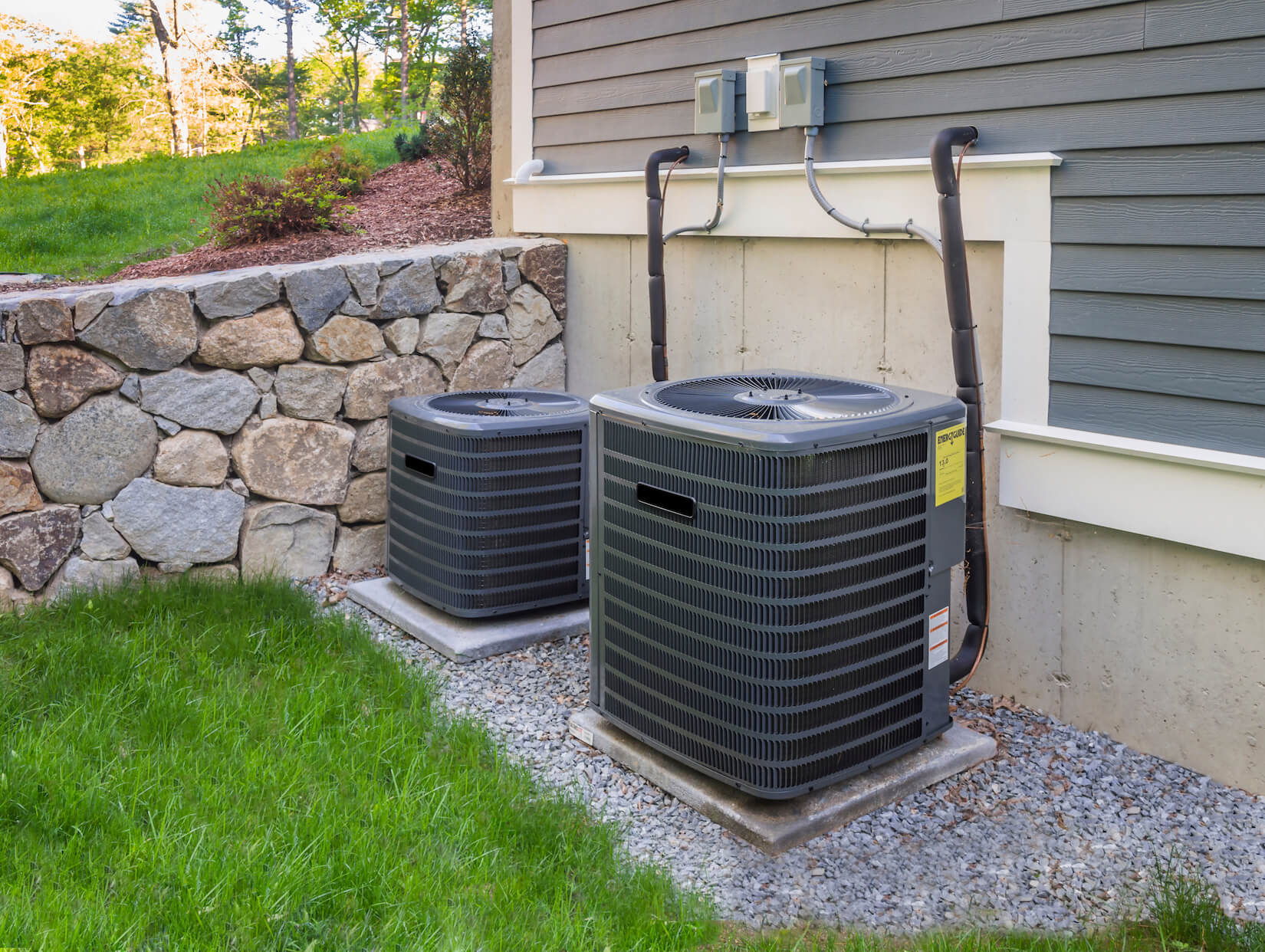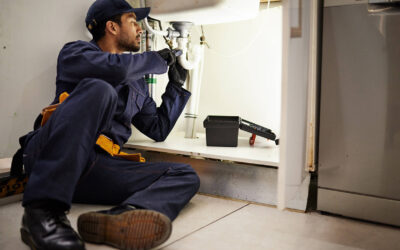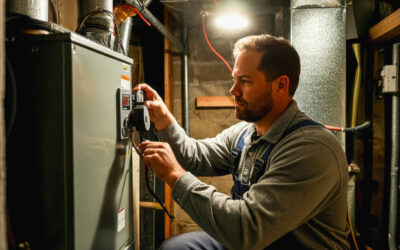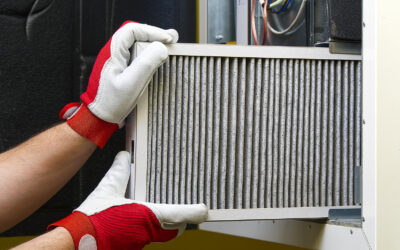Maintaining a comfortable and efficient home environment hinges on the proper care of your HVAC (Heating, Ventilation, and Air Conditioning) system. Understanding the intricate components that heat and cool your space is the first step toward effective DIY maintenance and troubleshooting.
This guide dives into the essential aspects of your HVAC system, from the thermostat to the outdoor condensing unit, and outlines practical tips for monthly upkeep, seasonal adjustments, and annual checkups. By familiarizing yourself with these elements, you can ensure your system operates at peak efficiency, saving you money and extending the lifespan of your equipment.
Understanding Your HVAC System
Grasping the basics of your HVAC system is essential for effective DIY maintenance and troubleshooting. At the heart of your system are these key components:
- Thermostat: The thermostat is the control center for your HVAC system, allowing you to set the desired temperature for your home. It signals the system to start heating or cooling based on your settings.
- Furnace: This component generates warm air to heat your home. It operates on fuel sources like natural gas, electricity, or oil.
- Evaporator Coil: Located near the furnace, the evaporator coil absorbs heat from indoor air to cool it down. It plays a key role in the cooling process by using refrigerant.
- Condensing Unit: Found outside your home, the condensing unit expels absorbed heat from the indoor air to the outdoors. It contains the compressor, condenser coil, and fan, crucial components of the cooling cycle.
- Vents and Ductwork: Vents distribute heated or cooled air throughout your home, connected by ducts. They also facilitate the return of air to the HVAC system for reconditioning, maintaining continuous circulation.
Each part of the HVAC plays a pivotal role in ensuring your comfort across seasons. In heating mode, the thermostat signals the furnace to warm air, which is then circulated via ducts and vents to raise indoor temperatures. This cycle repeats until your home reaches the desired warmth.
Conversely, for cooling, the thermostat activates the evaporator coil. The refrigerant then absorbs indoor heat, transforming it from liquid to gas. This warm gas moves to the outdoor unit, releasing heat outside, while cooled air is circulated inside, lowering the room’s temperature until it hits the set point.
Understanding these processes is crucial for maintaining your HVAC system. Knowing how components like the thermostat, furnace, evaporator coil, and condensing unit work together in heating and cooling modes enables you to perform basic maintenance, identify issues early, and communicate effectively with professionals, ensuring your system’s efficiency and longevity.
Seasonal Maintenance Tasks
Preparing for Summer
Checking and Cleaning the Condensate Drain: Ensure the condensate drain of your HVAC system is clear of clogs and clean. Doing so prevents water backup and maintains efficient operation.
Inspecting the Outdoor Condensing Unit for Debris and Clearance: Check the area around the outdoor condensing unit to make sure it’s free of debris and has enough clearance. This ensures optimal airflow and system efficiency.
Advice on Thermostat Settings for Energy Efficiency: Adjusting your thermostat to a slightly higher setting when you’re not home can reduce energy consumption. A setting of around 78°F (26°C) is recommended for when you are at home.
Getting Ready for Winter
Tips for Inspecting the Furnace: Before the cold season starts, inspect your furnace for signs of wear or damage. Ensure it’s clean and that all components are functioning properly.
Sealing and Insulating Ductwork to Prevent Heat Loss: Check your ductwork for leaks or gaps and seal them. Insulating ducts can further prevent heat loss, enhancing system efficiency and comfort.
The Importance of a Programmable Thermostat: A programmable thermostat can automatically adjust the temperature based on your schedule, reducing energy use and maintaining comfort. Setting it to lower the temperature when you’re asleep or away can lead to significant savings.
Annual Inspections Are Key
It’s advisable to schedule a professional HVAC inspection annually, ideally before the start of a major season (heating or cooling), to ensure your system is operating efficiently and to catch any potential issues early.
During an annual HVAC inspection, a technician typically conducts a comprehensive examination of the system to ensure it’s running efficiently, safely, and effectively. This inspection can vary slightly based on the type of system (e.g., central air, heat pump, furnace) but generally includes the following checks:
- Thermostat Settings: Verify that the thermostat is working correctly and efficiently managing the HVAC system. This might include checking for proper installation and programming.
- Electrical Connections: Inspect electrical components and connections for safety, tighten any loose connections, and measure voltage and current on motors.
- Lubrication: Lubricate moving parts to reduce friction, which can increase electricity use and cause components to wear out more quickly.
- Condensate Drain: Check the condensate drain of air conditioners and heat pumps to ensure it’s not clogged. A blocked drain can cause water damage and affect indoor humidity levels.
- System Controls: Test the system to ensure it starts, operates, and shuts off properly.
- Air Filter: Check the air filter, replacing or cleaning it if necessary. A dirty filter can lead to reduced air flow, lower system efficiency, and poorer air quality.
- Refrigerant Levels: For air conditioning systems, check refrigerant levels and adjust if necessary. Too much or too little refrigerant can make your system less efficient.
- Heating Elements and Heat Exchanger: Inspect the heat exchanger for signs of damage or corrosion and test the system’s heating elements to ensure they’re operating correctly.
- Blower Components: Check and adjust the blower components to ensure proper airflow. Poor airflow can reduce efficiency by up to 15%.
- Ductwork: Inspect ductwork for leaks, obstructions, and insulation issues. Leaky ducts can significantly reduce system efficiency.
- Outdoor Unit: Inspect the outdoor unit for debris, damage, and proper clearance to ensure efficient operation.
- Cooling and Heating Performance: Verify the system’s ability to cool and heat adequately by measuring temperature drops and rises.
- Safety Devices: Check safety devices to ensure they’re functioning correctly. This includes carbon monoxide detectors and any safety switches.
- Gas Pressure and Connections: For systems using gas, inspect gas connections, pressure, burner combustion, and heat exchanger for leaks and proper operation to ensure safety and efficiency.
Steel T — Denver’s Choice For HVAC Services
Navigating the complexities of HVAC maintenance can seem daunting, but with a solid understanding of your system and a routine maintenance schedule, you can significantly improve its efficiency and longevity. From the simple act of replacing air filters to scheduling professional inspections, each step you take contributes to a more comfortable, energy-efficient home.
If you need an HVAC job done right the first time, call Steel T. As a family-owned, Denver-based business that’s been around for generations, we know the impact a good reputation can have, which is why we strive to exceed customer expectations. Whether you need us to do a small job or a big job, give Steel T a call at (303) 872-8849.
Steel T Home Services is Denver's choice for HVAC, plumbing & electrical needs. With over 40 years of experience in serving our valued customers’ needs, Steel T is committed to providing unparalleled comfort to your home.



